Planting seeds during the monsoon is crucial as it ensures optimal germination and growth due to the moist, fertile soil and favorable climate. This leads to healthier plants and a more sustainable garden.
Monsoon gardening is ideal for planting crops like bitter gourd, brinjal (eggplant), and cowpea. These crops thrive in the moist, rainy season, and ensure robust growth and a bountiful harvest. Kitchen gardening is important as it provides fresh, organic produce, reduces grocery bills, and promotes a healthier lifestyle. It also supports environmental sustainability and encourages self-sufficiency.
Bitter gourd
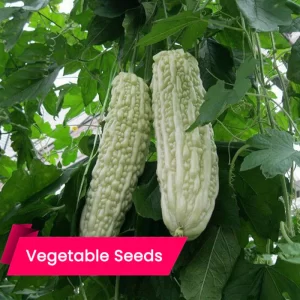
Planting bitter gourd is essential due to its numerous health benefits, including regulating blood sugar levels, boosting the immune system, and supporting liver function. Its high nutritional value, rich in vitamins and minerals, contributes to overall health and well-being. Growing bitter gourd promotes sustainable gardening practices and provides fresh, organic produce.
Bitter gourd thrives in warm, humid climates with well-drained, sandy loam soil. Plant high-quality seeds in early spring, ensuring proper spacing, and providing consistent moisture, balanced fertilization, and support for climbing vines. Harvest the fruits while green and tender, storing them in a cool, dry place for up to 2-3 weeks.
Brinjal
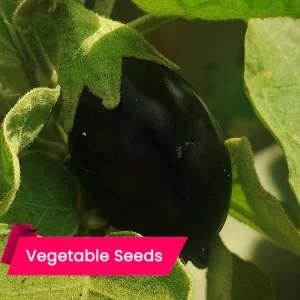
To grow brinjal successfully, plant in warm climates with well-drained, fertile soil and ample sunlight. Start seeds indoors before transplanting outdoors after the last frost. Regular watering, fertilizing, and pest management ensure healthy growth while harvesting glossy, firm fruits encourages continuous production.
Ladies finger
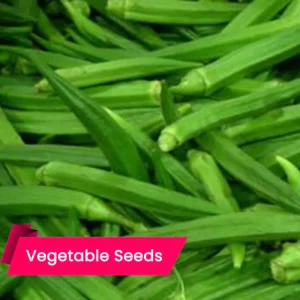
Planting ladies’ fingers (okra) is beneficial as it offers a rich source of nutrients that can help manage common health conditions such as high blood pressure and blood sugar levels. Its high fiber content aids in digestion and promotes overall digestive health, contributing to a balanced diet that supports well-being.
There are several varieties of ladies’ finger (okra) including the Red Lady’s Finger, which is characterized by its reddish pods prized for their color and flavor. Anakomban Veda, another variety, is known for its tender pods and is popular in specific culinary uses. These varieties offer diverse options for cooking and cultivation preferences.
Green chili
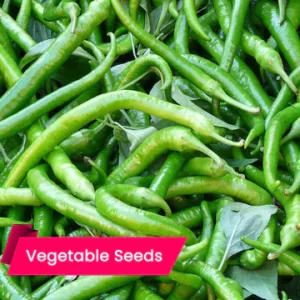
Planting green chili is important as it serves as a main ingredient in both vegetarian and non-vegetarian dishes, enhancing flavor and heat. It is rich in vitamins and antioxidants, boosting immunity and overall health. Additionally, home-grown green chili ensures a fresh, organic supply and supports sustainable gardening practices
Cowpea
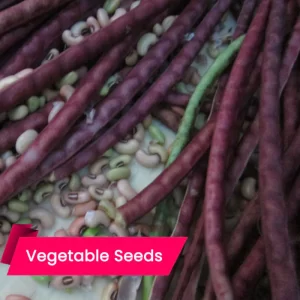
Planting cowpeas is beneficial due to its high nutritional value, soil-enriching properties, and adaptability to various climates. They provide essential proteins, vitamins, and minerals, supporting overall health and food security. Additionally, cowpeas improve soil fertility through nitrogen fixation and are versatile in culinary uses.
Mahagrin seeds are high-quality, disease-resistant, and high-yield seeds. They ensure better germination, increased productivity, and nutrient-rich produce adaptable to various climates.
